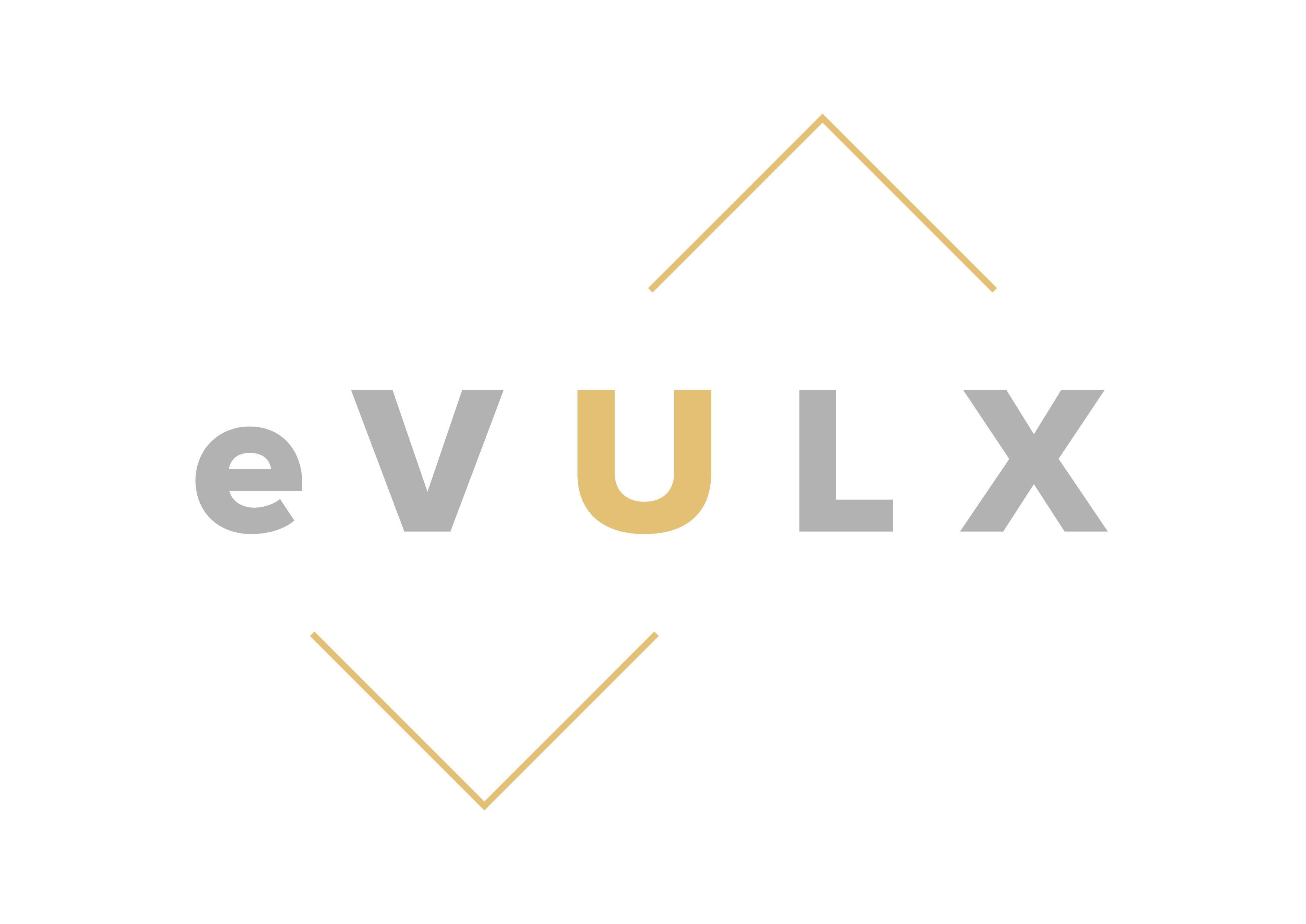
One thing is clear: learning and development (L&D) professionals are nearly unanimously in agreement that game-based learning is an important trend. Many are already acquainted, and those who have not used game-based knowledge yet are rapidly looking to increase their adoption.
It is essential to distinguish the actual learning purpose from the hype and to back it up with a serious study on any learning technology trend.
Along with all the enthusiasm, game-based learning risks being misunderstood. Some may see opportunities for it where it is not the right solution, and others may not understand its real benefits.
Here are a few misconceptions about game-based learning we’ve heard over time and this is our attempt to clear the air.
Misconception #1: There is no science behind Game-based learning
Gamification/ Game-based learning was designed around the principles of motivational psychology.
Brian Burke’s book “Gamify: How gamification motivates people to do extraordinary things” breaks down the three hub values of successful game-based learning initiatives to prompt users to engage in an activity as being; Autonomy, Mastery and Purpose. These motivators avoid extrinsic discounts such as pecuniary rewards but rather tap into intrinsic values, such as social and self-esteem building rewards.
These motivators coincide with Psychologist Martin Seligman’s PERMA model. Martin dedicated his life to studying the human mind and how positive and negative psychological health affects a person’s outlook on different topics. After many thriving writings and discoveries, Martin formulated the PERMA model, which was crucial for lasting well being.
With its human-focused design, gamification taps into each of the 5 points of the PERMA model to satisfy the implicit desires of the rational mind and put users on a desired path in the manner. The 5 principles consist of Positive Emotion, Engagement, Relationships, Meaning and Accomplishments.
When considering game-based learning as a new learning approach, ensure that sound research-based practices are essential to the solution.
Misconception #2: Game-based learning is not suited to a mature age audience
Following on from the first misconception in this list, there is a stigma from people on the outside looking in that game-based learning is a child-friendly concept that loses its appeal with age. This is not true as there are 2.3 billion gamers worldwide from varying demographics, with various tiered groups of people considerate towards games.
Today, game-based learning is deployed into leadership training, education, marketing, software coding, ethics, exercise & health, banking, innovation, research, and science.
The bottom line is, whether you’re into recreations or not, everyone has engaged in diverse forms of game mechanics & dynamics before. We, as individuals, have an intrinsic understanding.

Misconception #3: Game-based learning is the same as Gamification.
When companies start game-based learning, they often add badges, achievements, and points to their online learning. These elements can undoubtedly motivate learners to keep going and make an experience more fun, but they are NOT a game!
Game-based learning is an entirely immersive experience with a game goal, rules, and repeatable set of game mechanics. If your learning practice doesn’t have regulations or a back story, it is not a game.
This does not mean games cannot have components of Gamification and vice versa. Many games have points, badges, and leaderboards built-ins, and a gamified experience can have features of purpose and story, such as plots in an eLearning course with points attached. We like to think the customisable games by eVULX are a nice mix of gamification and game-based learning. There’s a narrative at the start and a game goal you work towards, all while rising up the leaderboard.
Misconception #4: Gamification will naturally draw in users
The truth is, unless you advance your gamified initiatives, participation will be no better than any other initiative out there. A fully mapped out marketing drive is necessary for a gamified initiative to be known and embraced by the targeted public.
Ultimately, you want users to tell others about their positive experience; that is the sign of a successful campaign. We tend to trust the views of people we know so that word-of-mouth can be expressly effective at driving participation.
Regardless of how you promote people to sign up, the key is to make sure they know about the opportunity in the first place. If no one knows about your program, they are not going to register and get on board.

Conclusion
One of the first steps to increasing the correct usage of gamification and harnessing its power is to overcome our collective misconceptions about it as an engagement and learning tool. There are many obstacles to learning and development as it is and gaming is one step forward in solving the low engagement rates we see across the globe.
Getting through to learners in today’s high intensity world is critical and having engaging, immersive and digital options is a option that any organisation should consider to turn the tide on low learning return on investment.
If you’d like to learn more about game based learning and whether or not it should be part of your L&D strategy, connect with our team today!
9.08 & 9.09, Block E Phileo Damansara 1,
9, Jalan 16/11, 46350 Petaling Jaya, Selangor
Telephone: +60122254456
Email: [email protected]
(202001021557) (1377877-X)
All Rights Reserved




